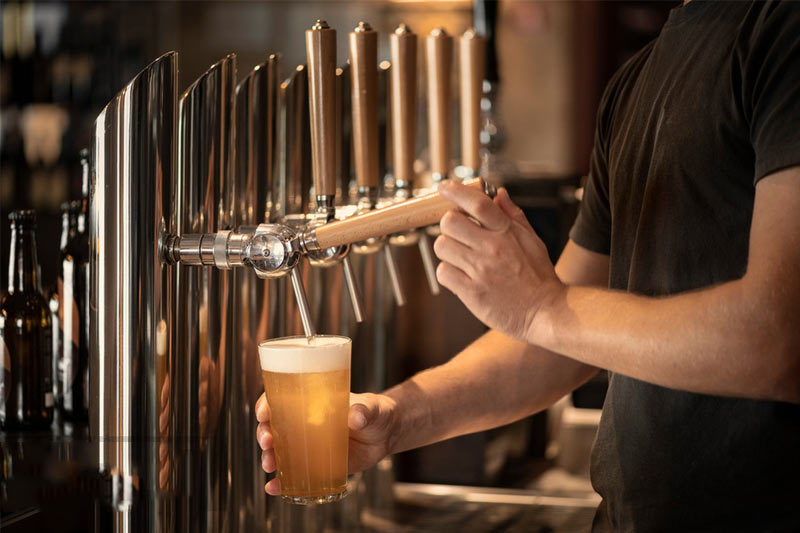Beer making is a fun and rewarding hobby, but it’s important to understand the costs involved before diving in. Many people get into homebrewing for the joy of creating their own beer, but the expenses can add up quickly, especially if you’re serious about the craft.
Beer making can be an expensive hobby, depending on the scale and equipment involved. Starter kits and ingredients can be affordable, but advanced brewing setups, specialty ingredients, and ongoing costs may lead to higher expenses.
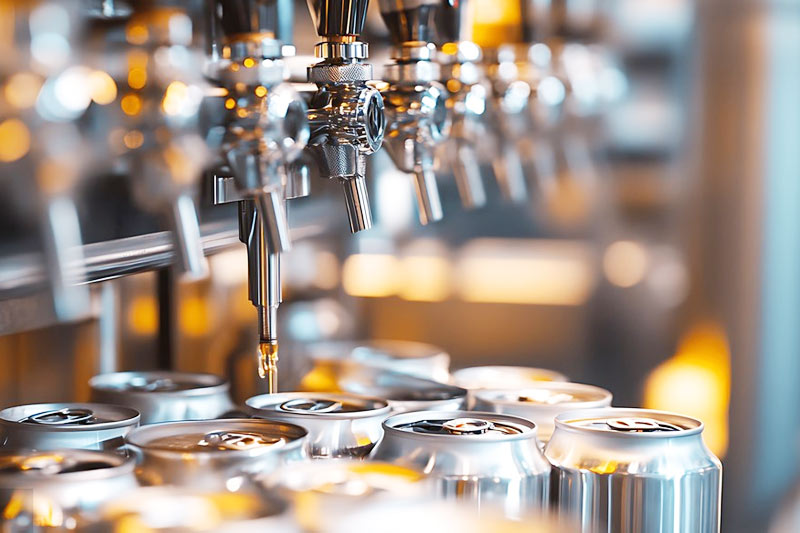
Starting as a beginner, you can expect lower upfront costs with basic kits, but as you get into more advanced brewing methods, the costs will increase. Let’s explore how the financial aspects of beer making might impact you and how it compares to other hobbies.
What is the average income of a craft beer drinker?
While homebrewing might not be the primary hobby for most craft beer drinkers, understanding their general income can offer insight into the type of consumers who are likely to purchase more expensive, artisanal beers.
The average income of a craft beer drinker can vary, but studies suggest that craft beer drinkers tend to have higher disposable incomes, with an average household income often exceeding $75,000.

Craft beer drinkers tend to be more educated and have a higher disposable income than the general beer-drinking population. Here’s why:
Higher Disposable Income:
Craft beer drinkers often prioritize quality over quantity, and they’re willing to pay a premium for beer that’s unique, flavorful, and locally made. This group tends to have a higher income level, as they’re willing to spend more on premium products like small-batch, seasonal, and craft-brewed beers.
Market Trends:
The craft beer market continues to grow, attracting more consumers with higher income levels who value the experience of tasting different beer styles. These drinkers may also be more likely to frequent taprooms or breweries, which could mean even higher spending per person on average.
Spending on Beer:
Craft beer drinkers often enjoy the experience of sampling a variety of brews, and their spending habits reflect this. While they may not drink beer in large quantities, they’re more likely to invest in higher-quality beer when they do drink.
As the craft beer industry grows, the income of its core consumers continues to reflect the willingness to pay for premium products.
Are beer making kits worth it?
Beer making kits are popular among beginner homebrewers, offering a relatively affordable way to get into the hobby without needing to buy a lot of equipment upfront. But are they truly worth the investment?
Beer making kits are worth it for beginners who want to explore brewing without a large upfront investment. They provide convenience, simplicity, and everything you need to brew your first few batches. However, for advanced brewers, they may feel limiting.
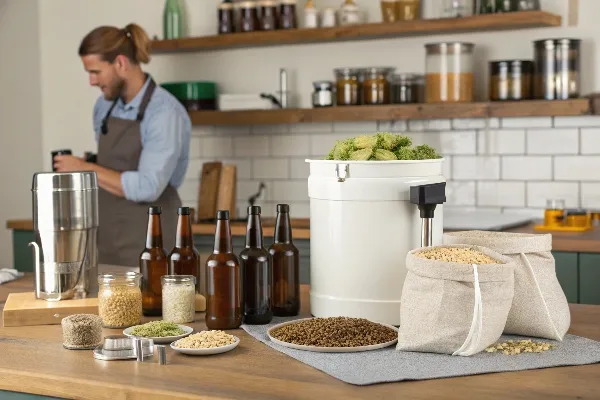
Pros of Beer Making Kits:
- Affordability: Beer making kits are a low-cost entry point for those interested in brewing at home. A basic kit typically costs between $30 to $100, and it usually includes the essential equipment and ingredients for making one or two batches of beer.
- Convenience: Kits simplify the brewing process by including all the necessary ingredients and instructions. For someone just starting, they can be a great way to learn the basics without worrying about sourcing individual ingredients or equipment.
- Quick Start: With a kit, you don’t need to spend time gathering supplies. Everything is ready to go, so you can start brewing almost immediately.
Cons of Beer Making Kits:
- Limited Creativity: The ingredients in a beer making kit are typically pre-measured, limiting the customization of the beer. As you become more experienced, you might feel restricted by these basic kits.
- Scaling Up: Once you’ve mastered brewing with a kit, you may want to scale up your brewing operation, which will require more specialized equipment and ingredients not included in the kits.
- Quality Variations: Some beer kits may not produce the highest-quality beer, as they often use pre-packaged ingredients. If you want a more refined or complex beer, you might need to invest in higher-quality ingredients.
For those who are just starting out and want a simple way to get into brewing, beer making kits can be a great option. However, for more serious homebrewers, these kits may not be sufficient for long-term brewing satisfaction.
Is owning a beer store profitable?
Owning a beer store can be a profitable venture, but it requires careful management, a good location, and a strong understanding of the market. Selling beer in a retail setting presents both opportunities and challenges.
Owning a beer store can be profitable, especially in areas with a high demand for craft beers. Profitability depends on factors like location, product selection, customer service, and operational costs.
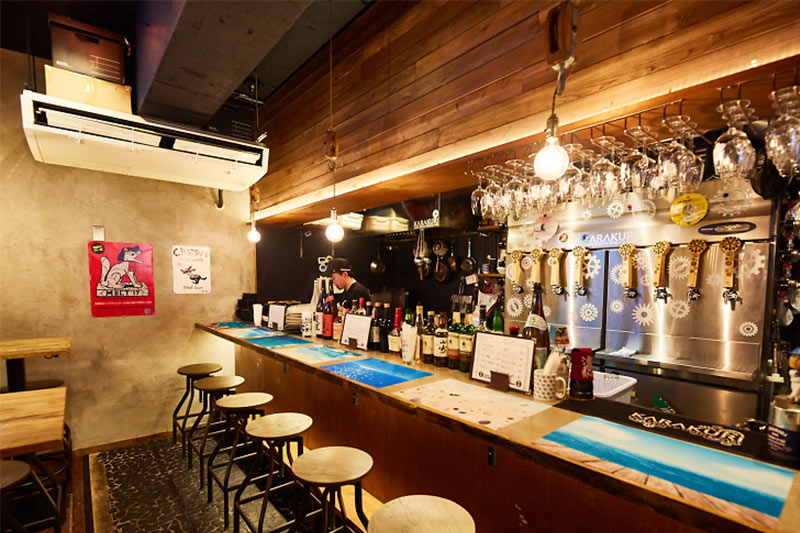
Location and Demand:
The success of a beer store depends heavily on its location. Stores in urban areas or close to breweries or popular events may have higher foot traffic and more customers willing to purchase craft beers. In contrast, stores in more rural areas may face challenges in attracting a steady stream of customers.
Product Selection:
The product selection is key to success in this business. Offering a wide variety of beers, including craft, local, and imported varieties, can attract a diverse customer base. A curated selection that includes rare or limited-edition beers can also draw in beer enthusiasts willing to pay premium prices.
Overhead Costs:
Owning a beer store comes with significant overhead costs, including rent, employee salaries, utilities, inventory management, and licenses. These costs must be carefully managed to maintain profitability. Moreover, the retail price of beer often has a significant markup, but competition from other stores and online retailers can drive prices down.
Profit Margins:
Profit margins in beer retail are generally around 10-20%, but this varies depending on the type of beer and the pricing strategy. Craft beers may offer higher margins, while mass-produced beers may have lower margins.
Overall, owning a beer store can be profitable with the right approach, but it’s not a guaranteed success. Strong business management and a keen understanding of the local market are essential to turning a profit.
What is the average profit margin on beer?
The profit margin on beer can vary depending on several factors, including whether the beer is sold at a bar, retail store, or brewery.
The average profit margin on beer typically ranges from 10% to 30%, depending on the type of beer, the selling method, and the location.
Profit Margin in Bars:
In bars or restaurants, beer is usually sold at a much higher markup compared to retail prices. The margin for beer in these settings can range from 30% to 50%, depending on the brand and the venue. High-end or craft beers often have higher margins, while mainstream mass-produced beers may have lower margins.
Profit Margin in Retail:
At retail stores, the profit margin on beer typically ranges from 10% to 20%. Retailers often mark up the price of beer from distributors, but the margin is generally smaller compared to bars. However, volume sales in large retail environments can make up for the lower margin.
Craft Beer Profit Margin:
Craft beers often have higher profit margins because of their premium pricing. Since craft beers are in demand, stores and bars can charge higher prices for them, leading to higher margins. However, craft beer’s higher production costs may also reduce the overall margin compared to mass-produced beers.
Profit margins in beer sales are influenced by factors such as location, type of beer, and the level of competition in the market. Although margins can be lower compared to other products, the consistent demand for beer keeps it a profitable venture overall.
How much does a brewery owner make a year?
The income of a brewery owner can vary widely depending on the size of the brewery, the region, and the owner’s level of involvement in daily operations.
A brewery owner can make anywhere from $50,000 to over $200,000 per year, depending on the size of the brewery, profit margins, and how much the owner is involved in the business.
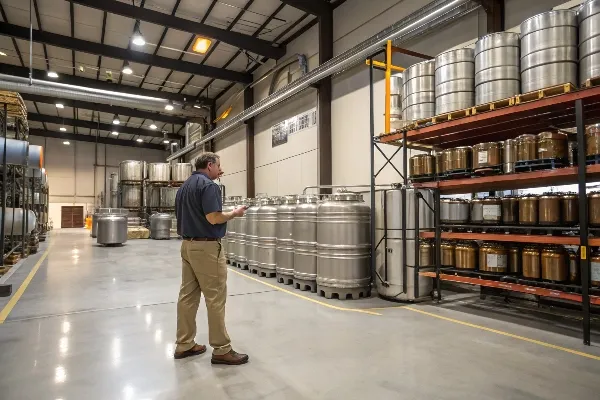
Small Breweries:
Owners of small craft breweries may earn lower salaries, especially in the early years as the business grows. Initial profits may be reinvested back into the business to fund expansion and marketing. In the early stages, a brewery owner may earn between $50,000 and $75,000 per year.
Larger Breweries:
For owners of larger, more established breweries, the salary can be much higher. Profits are more stable, and the brewery may have several streams of income from retail, distribution, and taproom sales. A larger brewery owner can earn over $150,000, depending on the brewery’s success and market presence.
Profit Distribution:
In addition to a salary, brewery owners may earn profits through dividends or share of business profits. This can fluctuate depending on how much of the business they own and how well the brewery is performing.
Overall, the income of a brewery owner is highly variable. Smaller breweries may not generate significant profits in the beginning, but larger, more successful breweries can offer substantial income and opportunities for expansion.
Conclusion
Beer making can be an expensive hobby, with costs ranging from simple starter kits to more advanced brewing setups. Whether it’s worth the investment depends on your interest level, commitment, and

